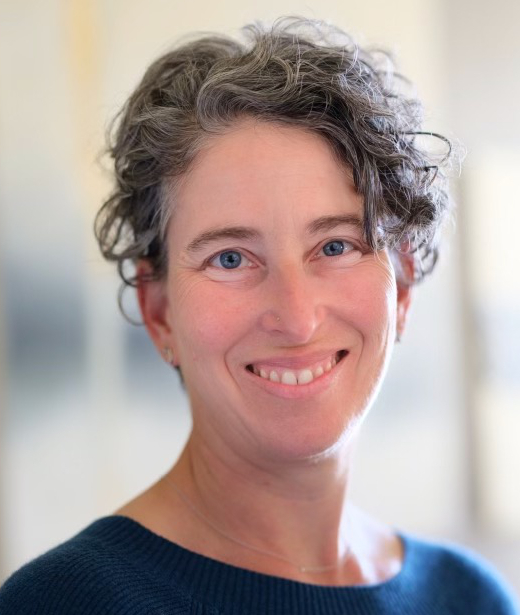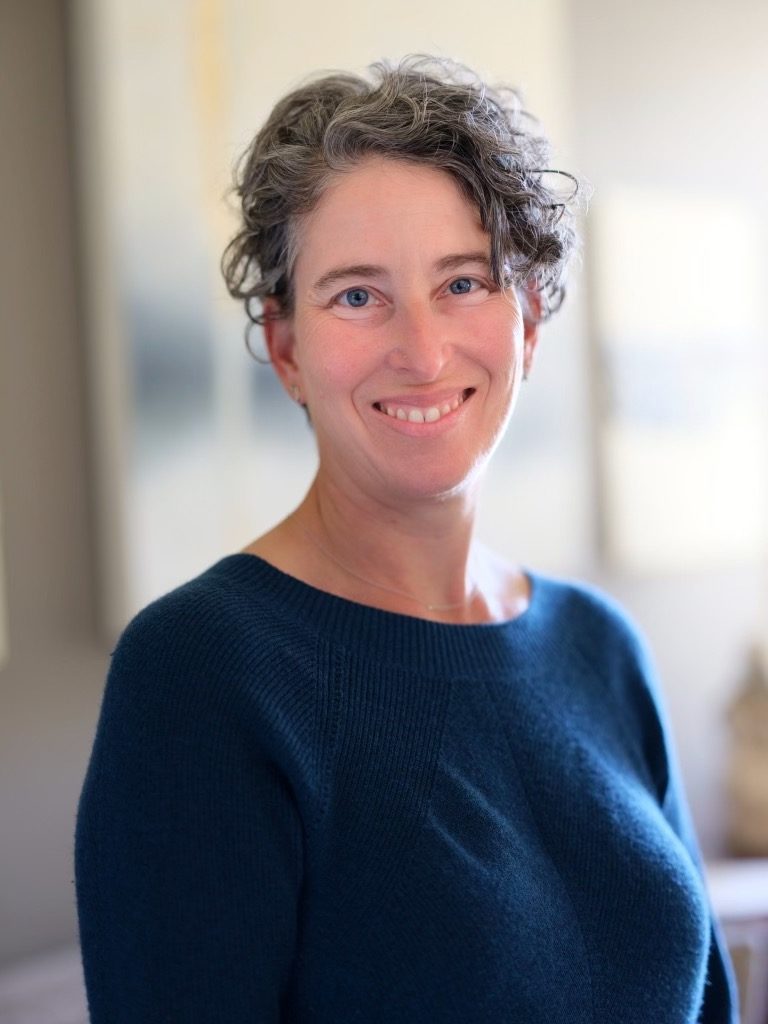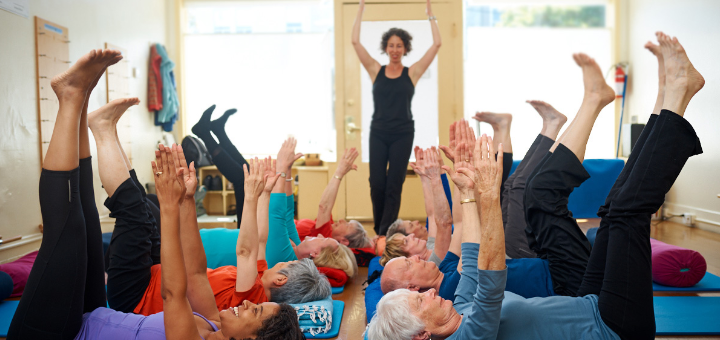Teaching Yoga in Medical Centers, Research Settings: A quick balance sheet of pros, cons, and special considerations


For yoga educators who are curious about research and medical settings, here is a quick balance sheet (disclaimer: from this yogi’s experience only) of pros, cons/caveats, and special considerations. Teaching and developing yoga research in a medical center offered me unique opportunities to learn, contribute, and grow professionally that I haven’t found elsewhere; it also required patience and persistence. Perhaps, allow the “cons” to serve as possible caveats and the “pros” as potential encouragements. This is an area to seek mentorship and talk with yoga teachers and yoga therapists who have experience in your particular setting.
Pros:
- Diverse students with complex health conditions;
- People who don’t attend public studio classes (in my experience more men, older adults, people of color, people for whom English is a second language);
- Opportunities to collaborate and consult with health providers;
- Invitations to teach with research studies as well as for specific populations;
- Built-in communications/marketing within the larger institution;
- Professional development/learning opportunities, conferences, seminars.
Cons/Caveats:
- Institutions operate within the context of a confusing, and many would say broken, healthcare system;
- The “bottom line” of funding, insurance and grants will limit programming, creativity and compensation;
- Extra time and requirements are needed for electronic medical records (EMR), HIPAA training, security and essential measures for patient/client safety.
- Yoga teachers and therapists often are at the bottom of a professional hierarchy, unless also licensed practitioners;
- Available space may be a multi-purpose room, with all that entails;
- You may need to go an extra (and very worthwhile) step to introduce yourself to colleagues;
- You may need to educate colleagues and the institution about yoga and yoga therapy, as you may be the sole provider/teacher in that setting.
Special Considerations: I view the chance to teach diverse students with complex health conditions as a bonus of being in a medical setting, especially for yoga teachers and therapists who want to learn. Most yoga teachers will want to seek out additional training, supervision, and mentorship. Some settings and topics will be more suited to yoga therapist-level training and certification.
(© 2019 Rachel Lanzerotti, Five Rivers Yoga LLC.)
Read more of Rachel’s posts on yoga research >
About Rachel
Rachel Lanzerotti (MSW, eRYT500, IAYT-Certified Yoga Therapist)is the Founder of Five Rivers Yoga Therapy and creator of The RE/ST Method for Pain Recovery™. She is a Body-Mind Yoga Therapist, meditation teacher, counselor, health educator and specialist in back pain relief. Rachel has taught at UCSF Osher Center for Integrative Medicine and Spirit Rock Meditation Center.
She holds a BA in Human Biology from Stanford University and Master of Social Work (MSW) from San Francisco State University. For a decade prior to founding Five Rivers Yoga Therapy, Rachel ran an organizational consulting practice with community-based groups. She spent many years focused on direct action work for nonprofit and social change organizations.








